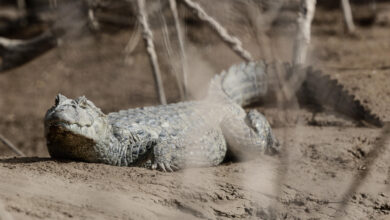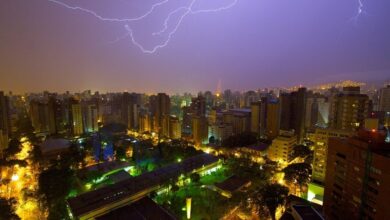South American Capybaras’ Viral Fame Hides Vital Ecosystem Service Role
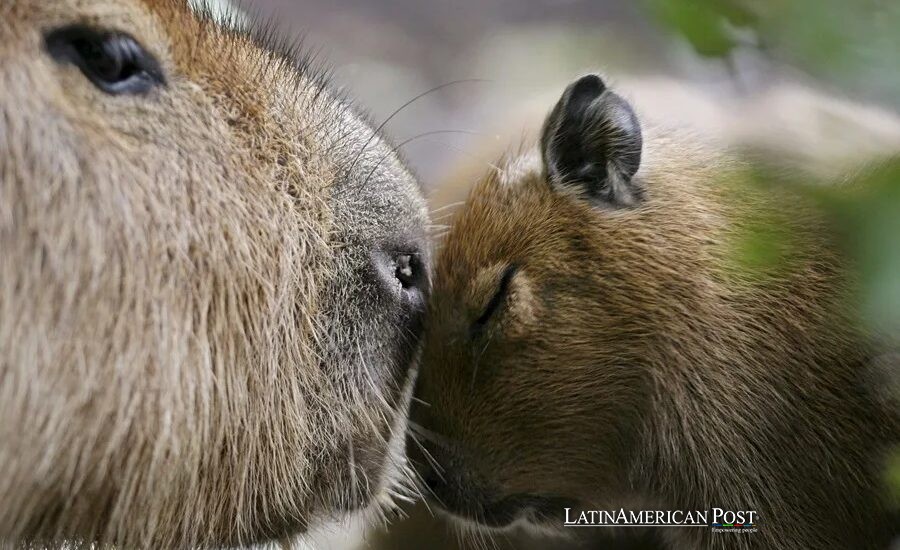
Capybaras—the world’s largest rodents—have charmed their way into viral fame with laid-back videos and plush toy spin-offs. But ecologists say their real story is more profound: these gentle giants are shaping South America’s wetlands with every step, splash, and mouthful of grass.
Where Water Begins, Capybaras Follow
It’s just after dawn in Argentina’s Paraná River delta, and the cicadas have finally gone quiet. A handful of brown shapes slide off a reed-covered bank into the current. Only nostrils and eyes stay above water. Within seconds, twenty capybaras float in formation—grunting, paddling, watching.
To many, it is a tranquil moment in wildlife. But to ecologists like Julia Mata, it’s the beginning of a daily choreography that helps shape the health of freshwater systems across South America.
“Capybaras are classic edge species,” Mata told EFE. She tracks them by drone for the National University of La Plata, and says everything about them—from their webbed toes to synchronized family dives—is designed for life on the boundary between land and water.
They breed in water. They cool off in it to avoid heat stress. And when danger arrives—like a jaguar or even a human—they vanish beneath the lilies without a splash.
Mata’s GPS data shows that even during dry spells, capybaras rarely stray more than 300 feet from a flood channel. Their water connection isn’t casual. It’s existential.
Not Just Cute—Complex, Social, and Sometimes Dangerous
Thanks to TikTok and plush-toy shops, the capybara has become a meme. People call it the “chillest animal on Earth,” post photos of birds riding on its back, and joke about its Zen-like calm. But in the wild, that image only tells half the story.
Capybaras live in cooperative clans, usually five to twenty animals led by a dominant female. Mothers share nursing duties. Any pup can nurse from any mom. “It’s communal motherhood,” Mata explains.
This tolerance extends beyond their species. Wattled jacanas ride their backs. Black caimans sunbathe beside them. But that doesn’t mean they’re docile.
“Their calm is contextual,” Mata said. “Corner them—and they fight.”
Especially the males. With front incisors that grow continuously, they can inflict serious injuries. In Brazil, vets regularly treat deep bite wounds from tourists who tried to pet them. Still, their social complexity is captivating—and far more interesting than the meme.
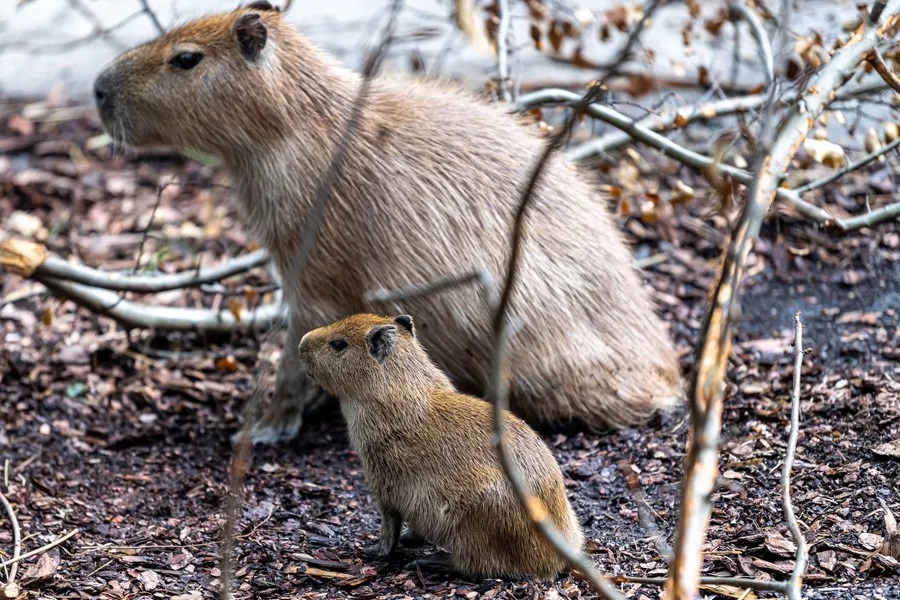
EFE/EPA/Maciej Kulczynski
How One Rodent Maintains an Entire Ecosystem
What makes capybaras truly remarkable isn’t their cuteness. It’s their digestion.
Their stomachs are notoriously inefficient. To get enough calories, a single adult eats up to eight percent of their body weight daily, mostly in tough marsh grasses. The output? Constant piles of dung.
Unappealing to us. Critical to wetland ecology.
A 2022 study in Ecological Engineering found that areas grazed by capybaras develop a patchwork: short “grazing lawns” interspersed with tall reed beds. That mosaic boosts biodiversity by up to 40%, giving birds, insects, and amphibians distinct microhabitats.
Their presence also slows wildfires. Shorter grasses burn less readily, offering natural firebreaks—a crucial feature during El Niño droughts, when grassland fires threaten entire biomes.
“They’re like beavers without the dams,” says Lorena Suárez, a conservation biologist at the University of the Andes. “They don’t build. They graze. And in doing so, they shape entire landscapes.”
Plush Fame Meets Real-Life Peril
But the capybara’s rise to cultural icon status comes with consequences.
Pet demand has surged in the U.S. and Japan. Despite legal bans, traffickers are now smuggling wild pups, taking a toll on native populations already stressed by agriculture and climate change.
Meanwhile, their habitat is shrinking. The Amazon basin’s hydrological cycle is changing. Andean glaciers that feed South America’s rivers are retreating. Dry-season water flow is decreasing—Oxbow lakes—where capybaras breed and wallow—are disappearing.
A 2024 study in Global Change Biology warns that if this trend continues, habitat suitability for capybaras could drop by 20% before 2100.
Still, some scientists see hope. Public affection, when properly channeled, can be a form of political capital.
“Every time someone hugs a capybara plushie,” Mata said, “they should ask whether the real animal still has a riverbank to stand on.”
At the heart of that message is a call to protect riparian corridors—the green ribbons of marshland that capybaras, and so many other species, depend on.
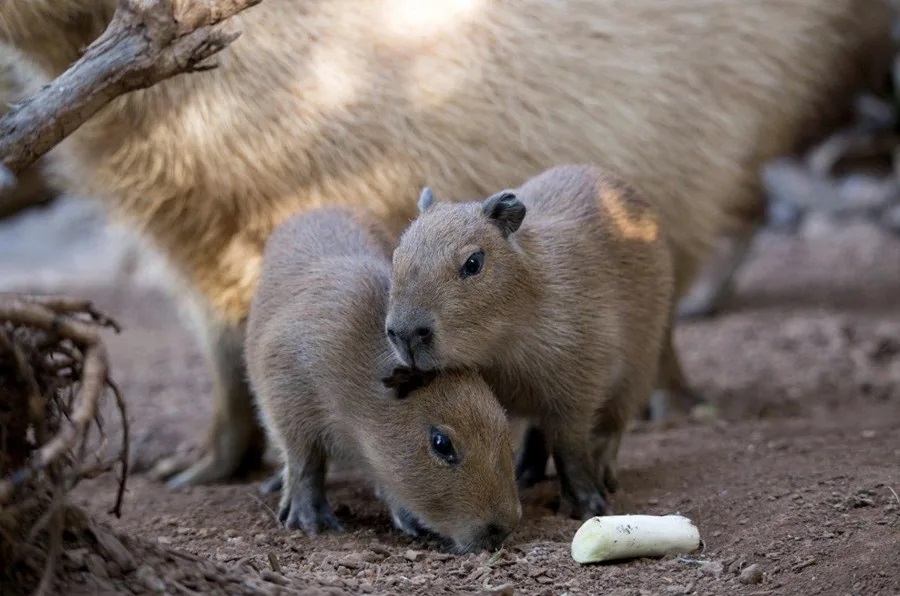
EFE/Natalya Romashko
Capybaras, the Unseen Guardians of Wetlands
Back on the Paraná, the morning raft disperses. Adults wade ashore, water glistening on their coarse fur. The pups follow, one after another, along a trail chewed down by generations of teeth.
They graze quietly, eating and fertilizing in the same motion. They don’t know they’re engineers. But the wetland knows. The plants know. The birds know.
And slowly, so do we.
As the sun climbs and the air shimmers with heat, the capybaras slide back into the water—gentle custodians of a biome whose health depends on their constant, rumbling hunger.
Also Read: As Cuba Sweats Through Summer Blackouts, Solar Promises Can’t Chase the Night
Their online fame may come and go. But their role in shaping the Amazon, the Orinoco, and the Paraná is lasting. We’d be wise to protect it while there’s still something left to protect.


